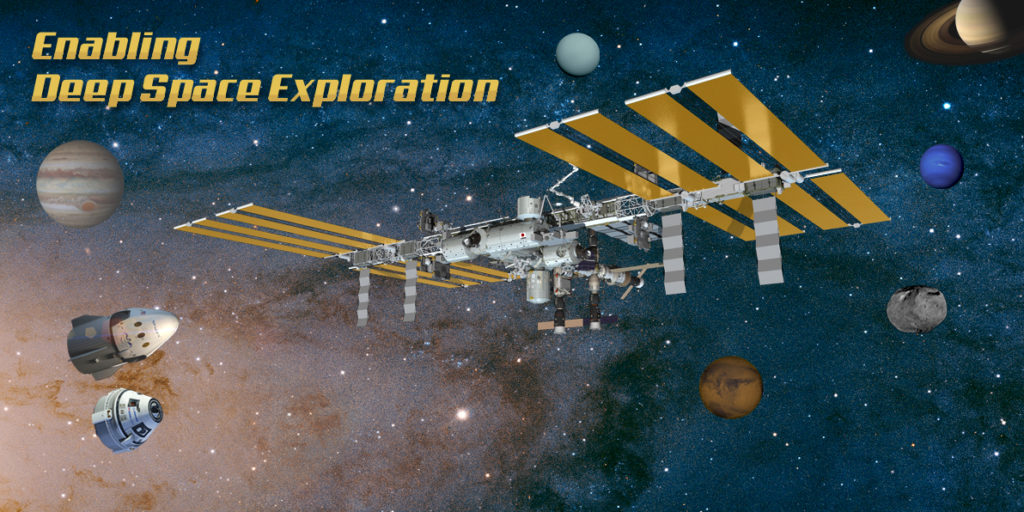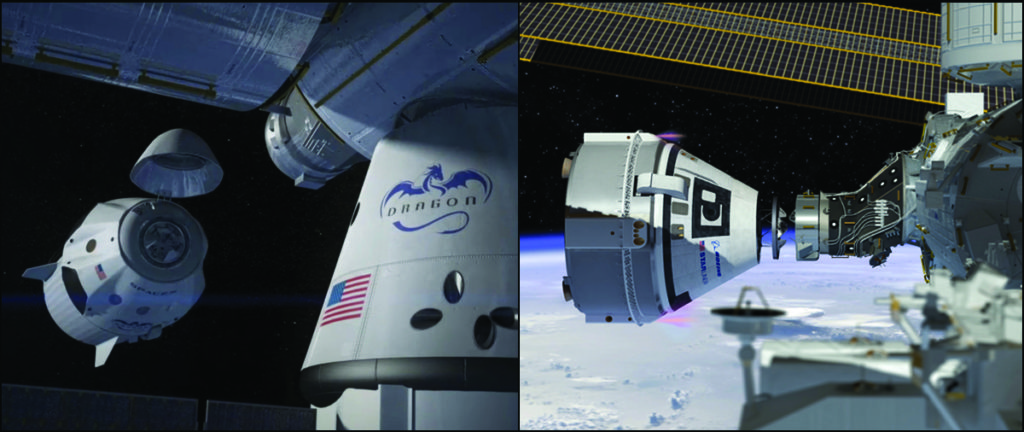
A successful space mission requires the coordinated efforts of human spaceflight experts, working thousands of hours, to come together at just the right moment – not only on launch day, but months and even years ahead of time.
For one Marine veteran, tapping into his military background to coordinate those fine details is part of the fun and accomplishment he sought when he came to NASA.
“I am a Marine, and as a Marine it’s all about mission accomplishment, taking care of your troops, and getting the job done,” said Trip Healey, mission manager for NASA’s Commercial Crew Program at Kennedy Space Center in Florida. “I think that background helps me in my position here.”
The role of a mission manager is to facilitate collaboration between NASA and the commercial providers, and ensure the requirements and processes necessary to conduct a successful flight are in place and ready prior to the flight. Healey is one of two mission managers assigned to Boeing. He will manage Boeing’s uncrewed flight test and first crew rotation mission from a NASA perspective, while his teammate in Houston will manage the company’s crewed flight test and second crew rotation mission. Read the full story at http://go.nasa.gov/2kjLBR6

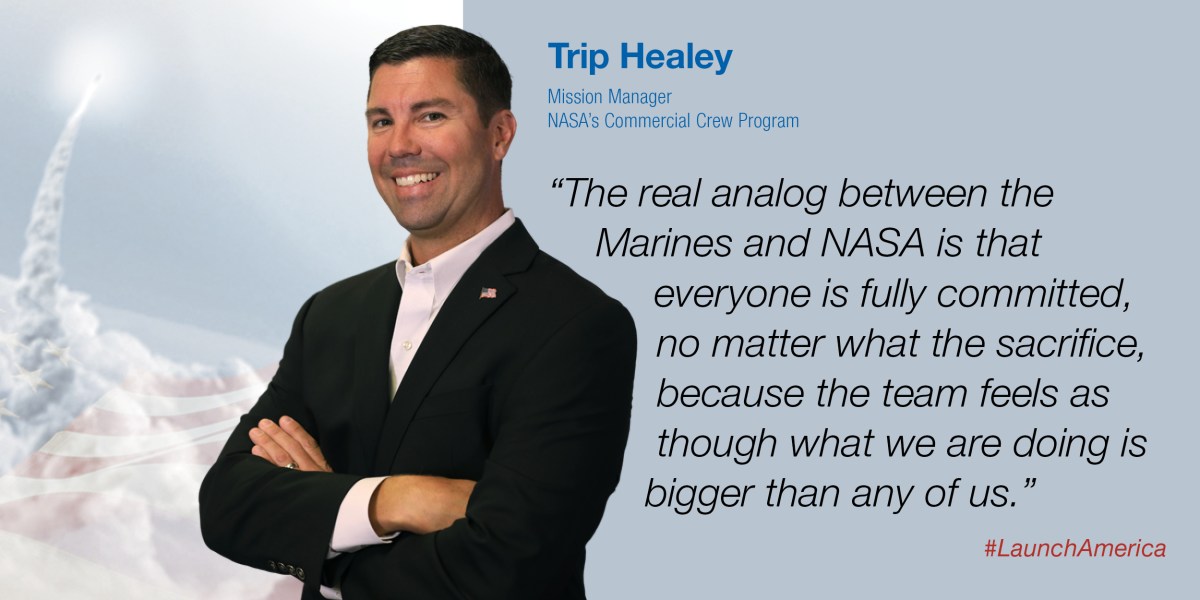


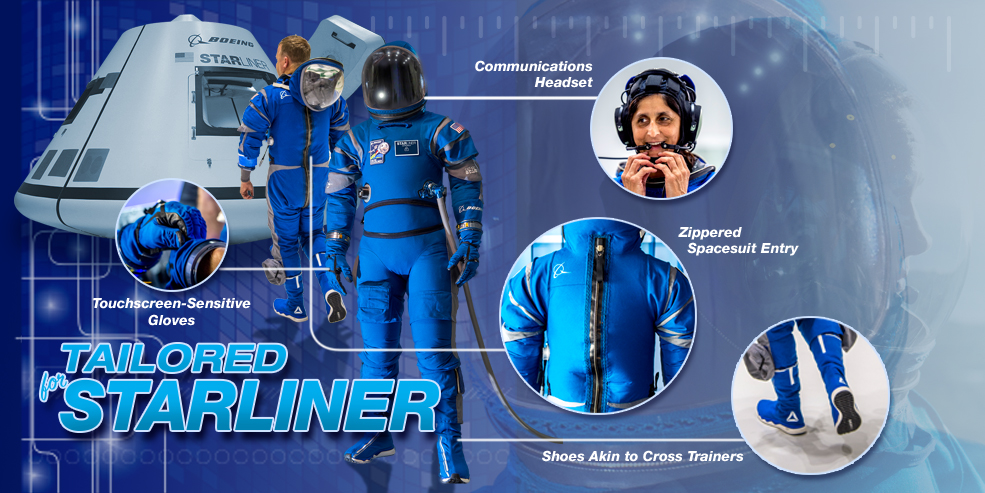


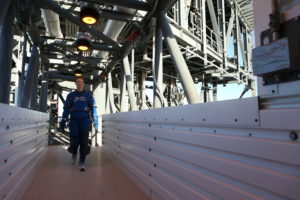 Astronauts heading into orbit aboard Boeing’s Starliner spacecraft will wear lighter and more comfortable spacesuits than earlier suits astronauts wore. The suit capitalizes on historical designs, meets NASA requirements for safety and functionality, and introduces cutting-edge innovations. Boeing unveiled its spacesuit design Wednesday as the company continues to move toward flight tests of its Starliner spacecraft and launch systems that will fly astronauts to the International Space Station.
Astronauts heading into orbit aboard Boeing’s Starliner spacecraft will wear lighter and more comfortable spacesuits than earlier suits astronauts wore. The suit capitalizes on historical designs, meets NASA requirements for safety and functionality, and introduces cutting-edge innovations. Boeing unveiled its spacesuit design Wednesday as the company continues to move toward flight tests of its Starliner spacecraft and launch systems that will fly astronauts to the International Space Station.

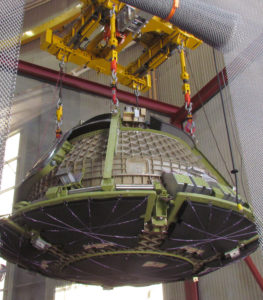 Boeing’s Starliner spacecraft will experience a variety of tremendous internal and external forces during missions to and from the International Space Station. When the Starliner launches in 2018, it won’t be the first time the spacecraft has encountered these forces. That is because Boeing built a Structural Test Article that will experience the rigors of spaceflight in a test facility in an effort to prove the design of the spacecraft. The module was built inside the company’s Commercial Crew and Cargo Processing Facility at NASA’s Kennedy Space Center in Florida (top) before it was shipped it across the country to Huntington Beach, California, for testing (right).
Boeing’s Starliner spacecraft will experience a variety of tremendous internal and external forces during missions to and from the International Space Station. When the Starliner launches in 2018, it won’t be the first time the spacecraft has encountered these forces. That is because Boeing built a Structural Test Article that will experience the rigors of spaceflight in a test facility in an effort to prove the design of the spacecraft. The module was built inside the company’s Commercial Crew and Cargo Processing Facility at NASA’s Kennedy Space Center in Florida (top) before it was shipped it across the country to Huntington Beach, California, for testing (right).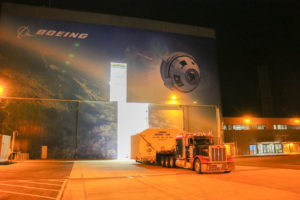 It joined test versions of the service module, the launch vehicle adapter truss structure and other hardware that make up the upper stage of the United Launch Alliance Atlas V rocket. Testing of the article began shortly after it arrived to Boeing’s Test and Evaluation facility. The first test involved pressurizing the interior of the crew module to 1.5 times the maximum pressure a Starliner spacecraft would face during ascent, orbit, re-entry and landing for missions to and from the International Space Station.
It joined test versions of the service module, the launch vehicle adapter truss structure and other hardware that make up the upper stage of the United Launch Alliance Atlas V rocket. Testing of the article began shortly after it arrived to Boeing’s Test and Evaluation facility. The first test involved pressurizing the interior of the crew module to 1.5 times the maximum pressure a Starliner spacecraft would face during ascent, orbit, re-entry and landing for missions to and from the International Space Station.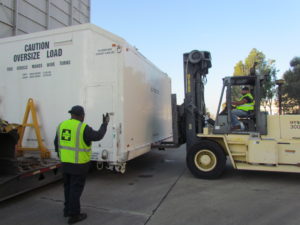 Boeing’s facilities in southern California are outfitted with numerous test chambers that routinely evaluate spacecraft and other vehicles in a variety of environments to make sure they can handle the demands of flight.
Boeing’s facilities in southern California are outfitted with numerous test chambers that routinely evaluate spacecraft and other vehicles in a variety of environments to make sure they can handle the demands of flight.



